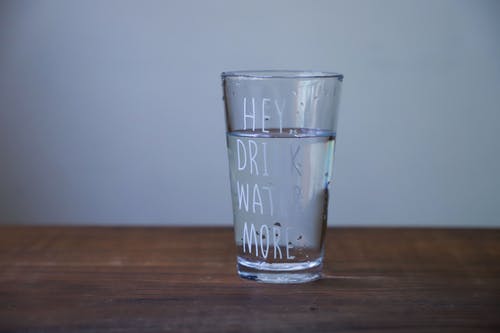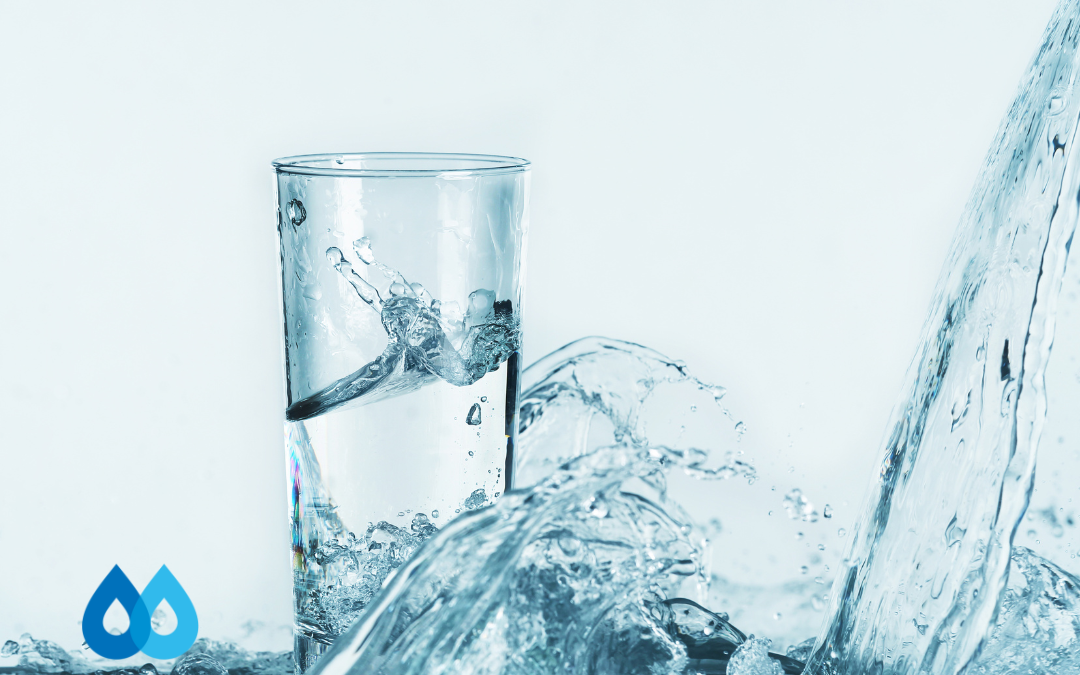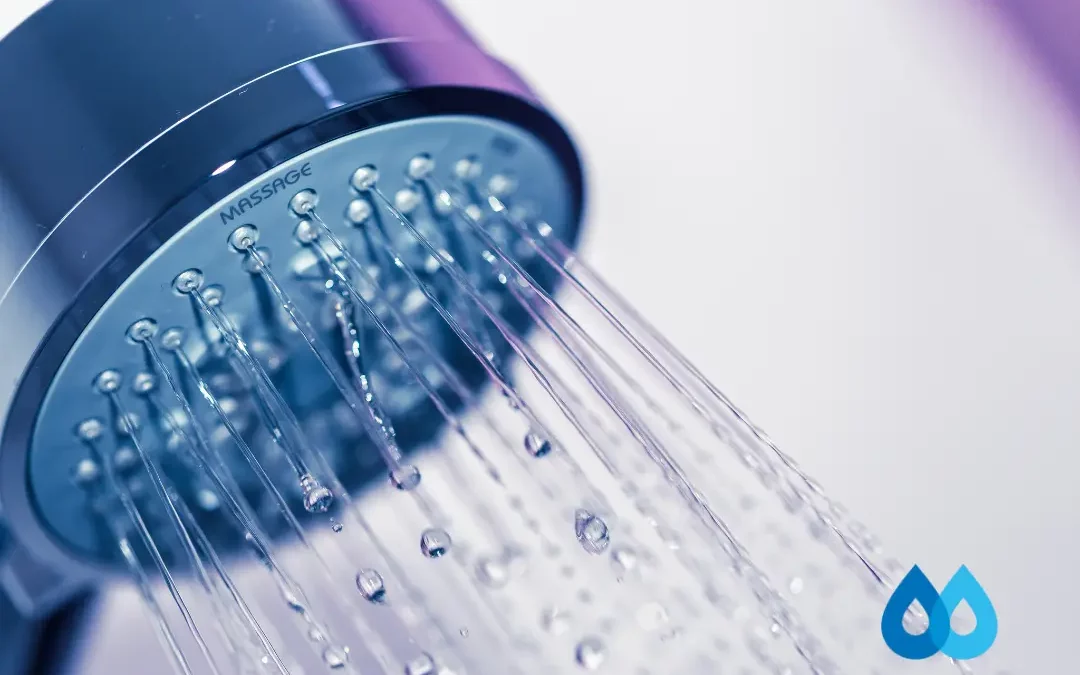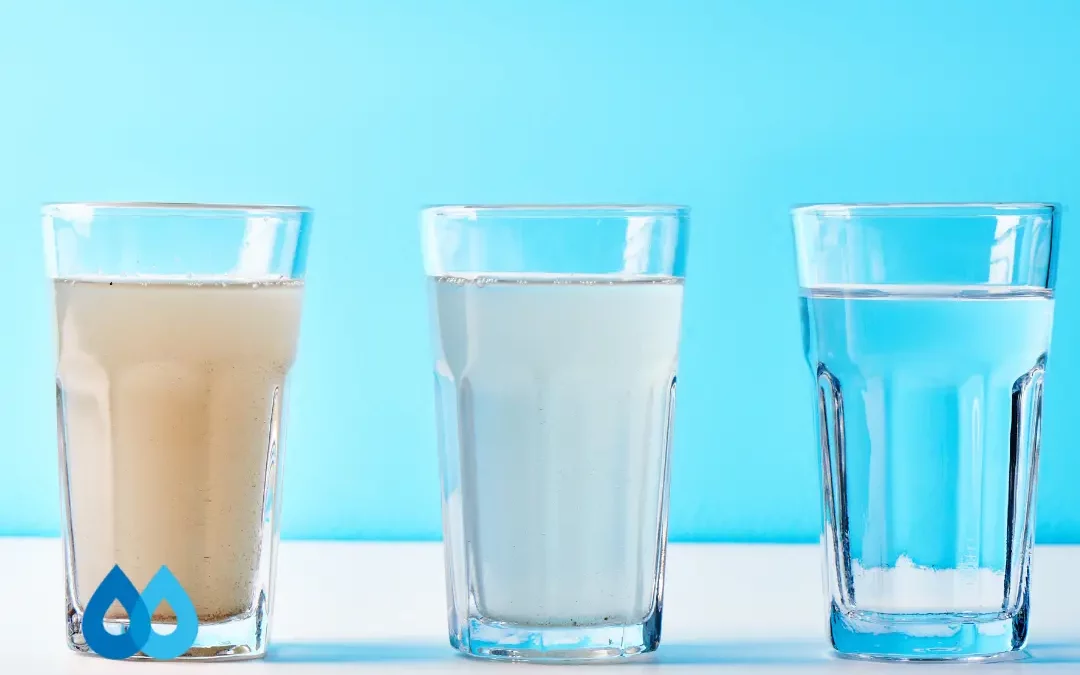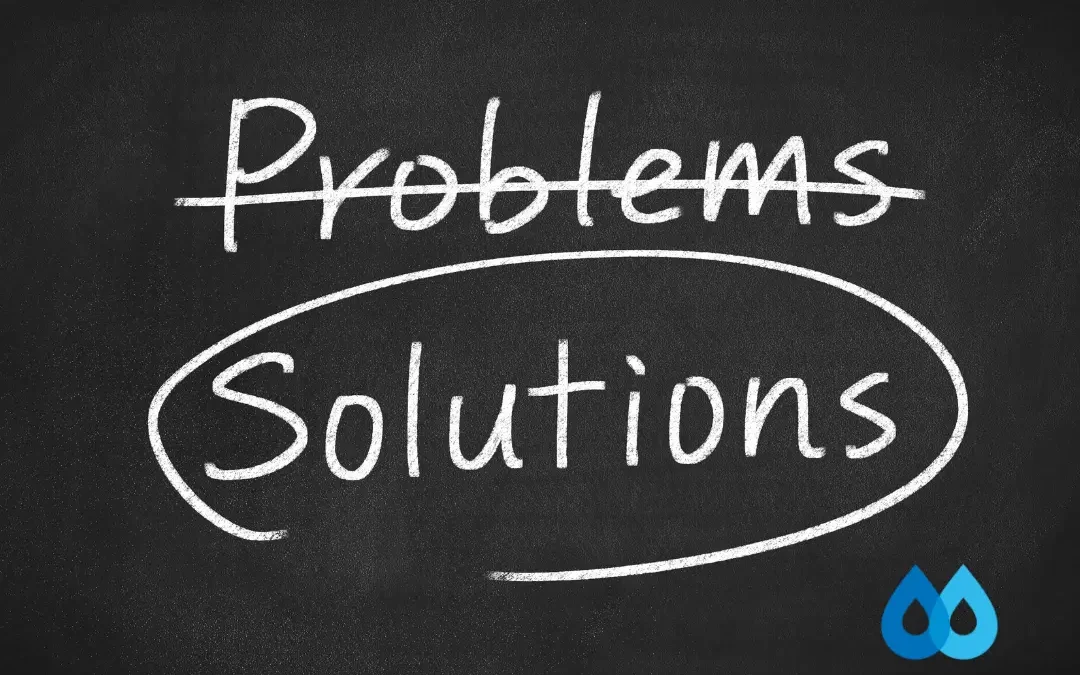Clean water is essential for life. Unfortunately, there is not enough drinking water to meet the requirements of all the people in the world. The UN has predicted that around 1.2 billion people, or 14% of the world’s population, will experience difficulties sourcing clean water by 2025. Researchers also say two-thirds of the world’s population is experiencing water shortages. The good news, is there are a lot of new and upcoming technologies for advanced water filtration.
Desalination of Water
One new breakthrough in water treatment comes from a team of scientists who have come up with a way to filter salt water from the sea, into drinkable water. The team at the University of Manchester, where colleagues won a Nobel Prize in 2010 for first extracting graphene, have managed to precisely control the sizes of pores in a graphene oxide sieve. The discovery allows them to filter out salts from water to make it safe to drink. Professor Rahul Nair, who led the team of researchers in Manchester, said it is a “significant step forward” that will “open new possibilities for improving the efficiency of desalination technology”.
UK engineers and scientists have come up with a superior system that can be utilized to purify and desalinate ocean water with ultrasound waves. Researchers say that the system utilizes powerful ultrasound to explode unclean water into particles of a size below ten microns. The microparticles evaporate and condense, resulting in pure water.
“Super Sand”
Some of the countries with the lowest amount of safe drinking water, could use the latest research in using sand and gravel to purify dirty water. Gravel and sand have been utilized for water purification for thousands of years. Straining water through grains of sand gets rid of bigger particles of contamination that are also the ones that assisted with transmitting the microbes responsible for water-borne diseases. Of late, researchers have determined how to coat sand grains with graphite oxide to develop “super sand” that apparently can filter detrimental substances (as for example, mercury) from water five times better than ordinary sand. Efforts continue to discover techniques to make super sand absorb even more contamination, and ultimately utilize it in developing countries where water quality is perilously polluted.
Solar Technology
We keep hearing about the advancements of solar technology, and a group of researchers from the Massachusetts Institute of Technology and the University of California, Berkeley, have created a solar-powered device that can produce drinking water out of air. It can also be used in desert climates.
The new device looks like a box. Inside the box is a layer of a custom metal-organic framework (also called a MOF), which is essentially a material that acts as a sponge to capture as much water as possible when the box is open. Water can be collected from the air as well as rain.
Once the water is captured, the box is closed manually and exposed to the sun. The sun heats up the material so it releases water from its surface in the vapor phase. The vapor is then converted to the liquid phase with a condenser, which can cool the vapor even in hot climates to create clean drinking water.
Safe Drinking Water for All
It is important that we keep our focus on clean drinking water. Too many people in the world are currently without safe water. If we can find a way to provide safe drinking water faster, easier and more environmentally friendly we will make the world a better place. We invite you to visit our website to learn more about how RWI Water Systems is helping to provide safe filtered drinking water to our area.
